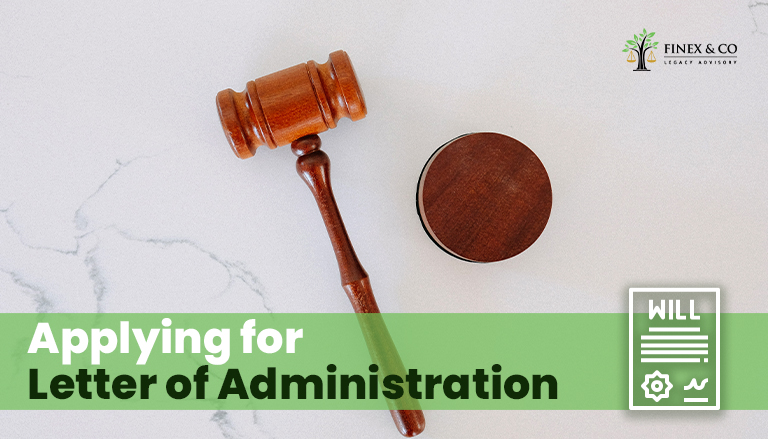In the event of an individual’s passing with a Will in place, the procedure entails seeking a Grant of Probate. However, if a legally valid Will is absent, the course of action shifts to obtaining a Letter of Administration, a more intricate process in contrast to the Grant of Probate.
The timeframes for applying for Grant of Probate and Letter of Administration differ significantly, underscoring the significance of understanding the necessary steps before pursuing a Letter of Administration. Typically, the process for Grant of Probate can extend up to six months, whereas the timeline for Letter of Administration could potentially extend to two years or beyond.
This article will mainly focus on the process of applying for a Letter of Administration.
Who can apply for Letter of Administration?
In Malaysia, the distribution of assets of a deceased person who did not leave a valid will is governed by the Distribution Act 1958 (Act 300). Well, generally those that are under the category of legal beneficiaries have the right to apply for Letter of Administration. The person who applies are usually are the spouse, children or parents of the deceased. Legal advice from a qualified lawyer or legal professional in Malaysia is highly recommended when dealing with matters related to the distribution of assets and applying for a Letter of Administration.
Preparing your Documents
Similarly to the timeframes as stated above, applying for Letter of Administration requires you to prepare more documents compared to Grant of Probate. Thus it is more time consuming when the beneficiaries do not know where to start or where to look for the documents. One of the first documents that is crucial in applying for Letter of Administration would be the death certificate of the deceased in and its identification card. Following that would be all the photocopies of the identification card of the legal beneficiaries. If the beneficiary is the spouse or the children of the deceased, please do bring the marriage certificate and birth certificate for proof of the relationship.
An affidavit should also be prepared providing the details about the deceased, their family, the assets that belongs to the deceased, and all the liabilities. The affidavit serves as a formal declaration of facts related to the deceased’s estate. It helps the court and interested parties understand the key details necessary for the distribution of the deceased’s assets according to the applicable laws. The information provided in the affidavit must be accurate and truthful. Any misrepresentation or omission of important details could lead to legal issues and complications during the estate administration process.
Conclusion
Similar to various legal procedures, it’s crucial to ensure your documents are in order and thoroughly arranged. Adequate preparation for a legal application can significantly streamline the process for all parties involved, including yourself. It’s advisable to carry both the original and duplicate copies of all the necessary documents and to arrange them systematically before submitting. This will significantly reduce the time you spend in contrast to searching for the documents only when they are urgently needed.















